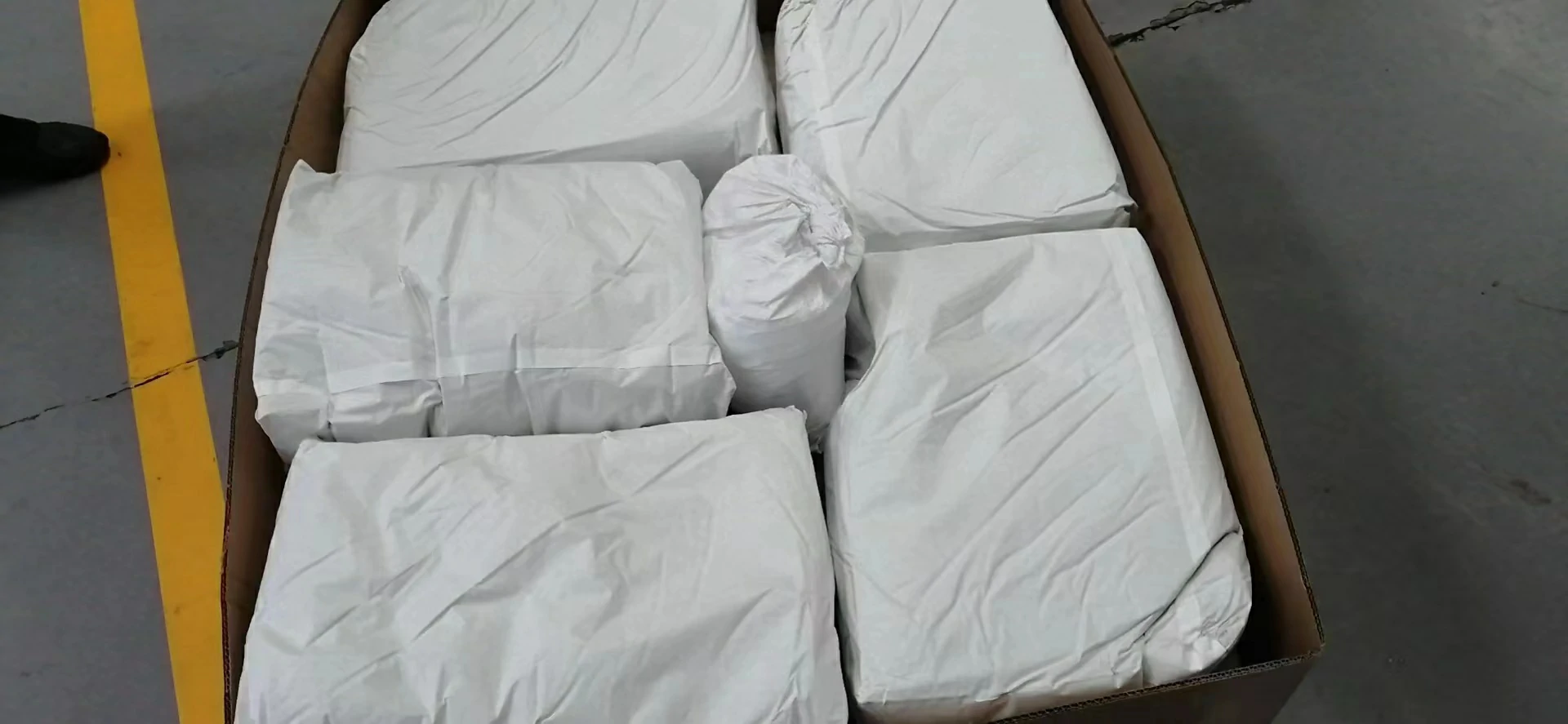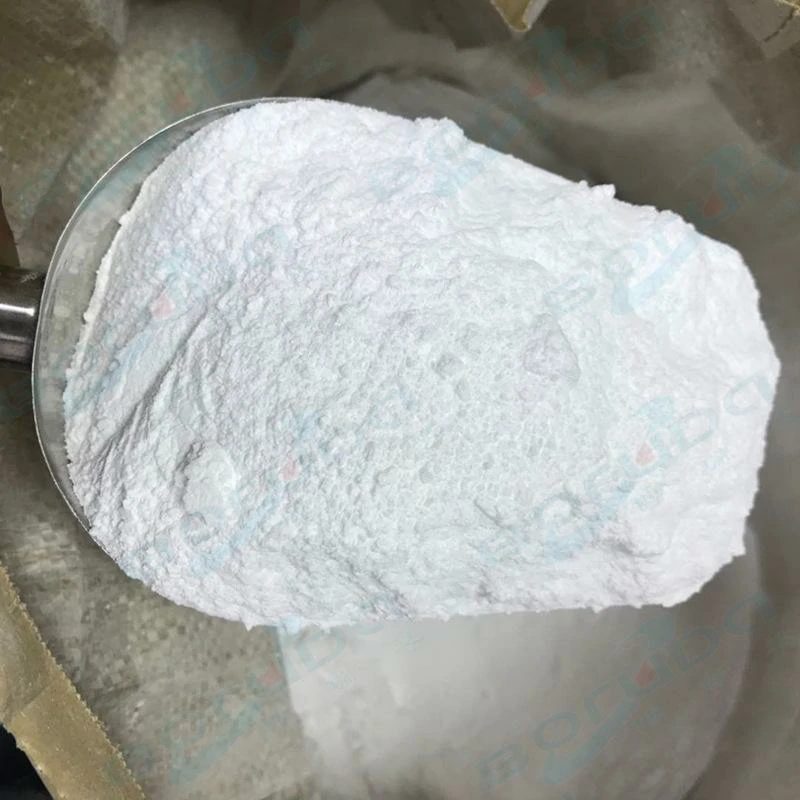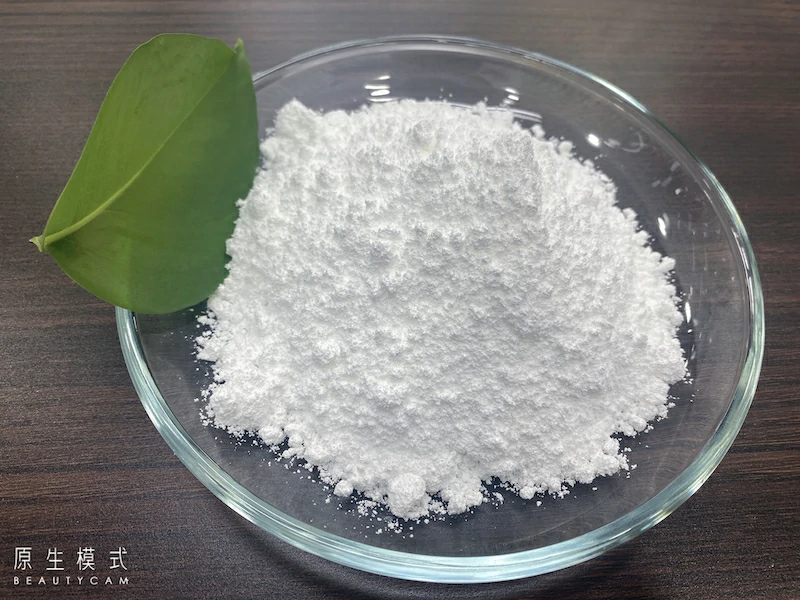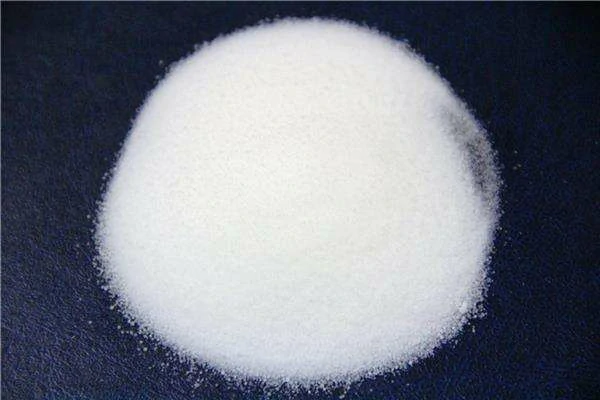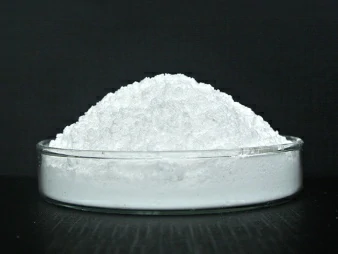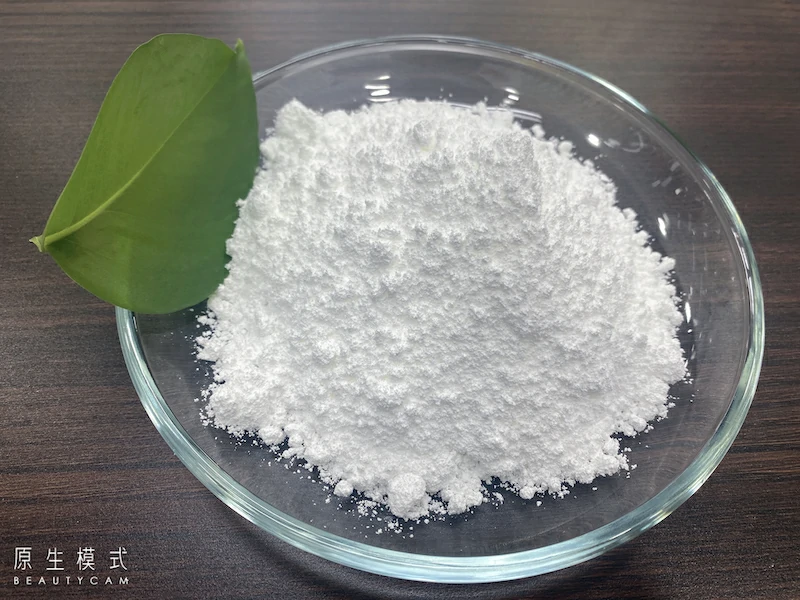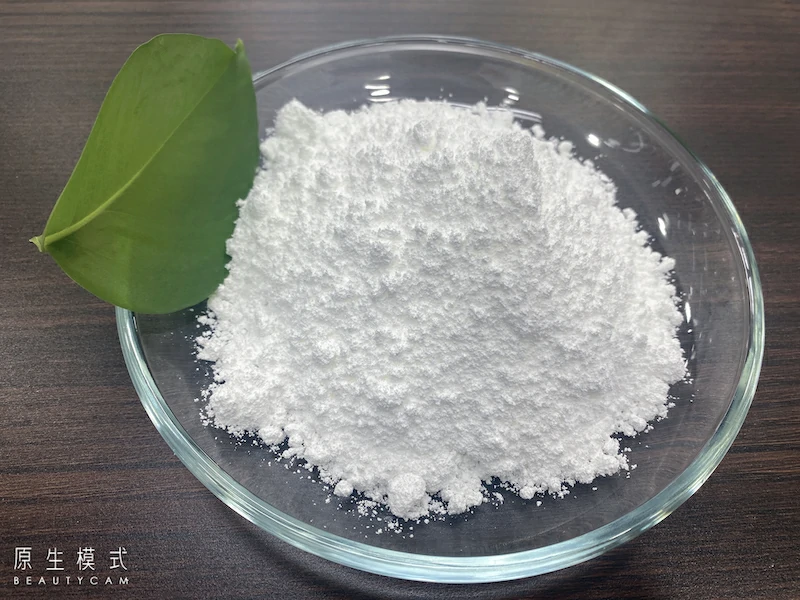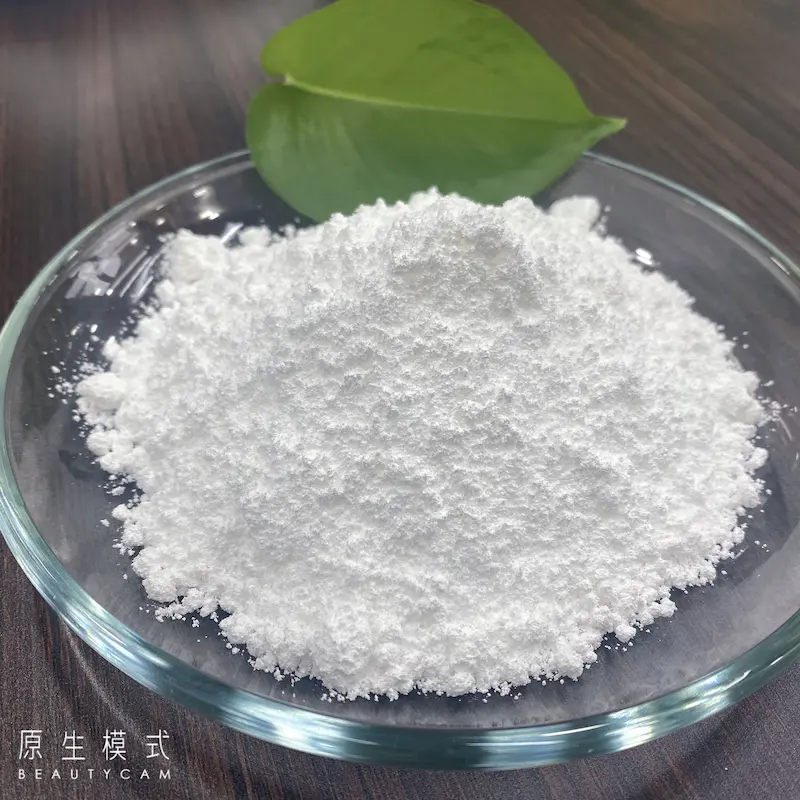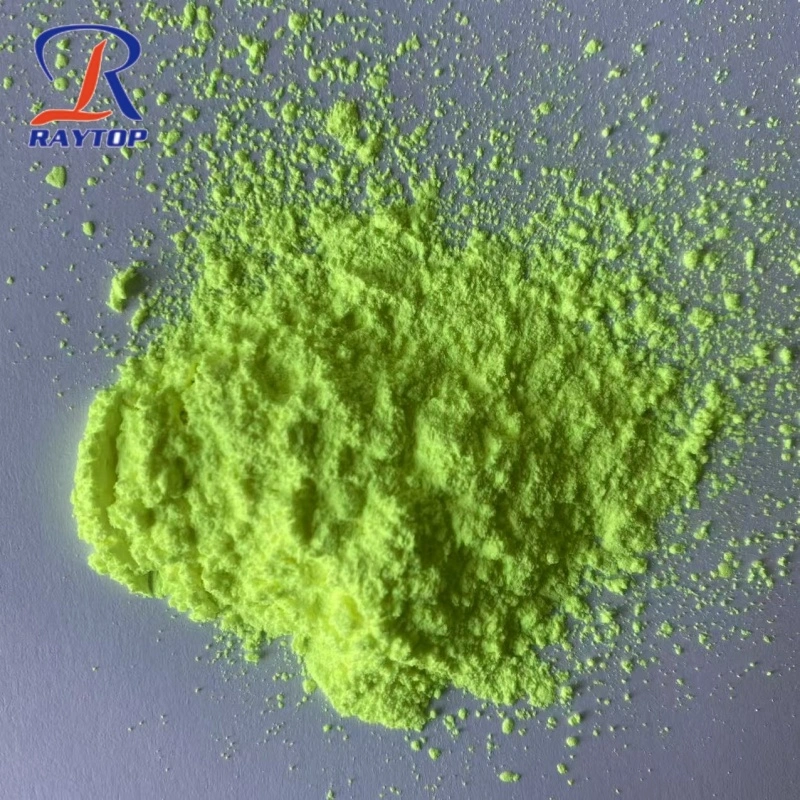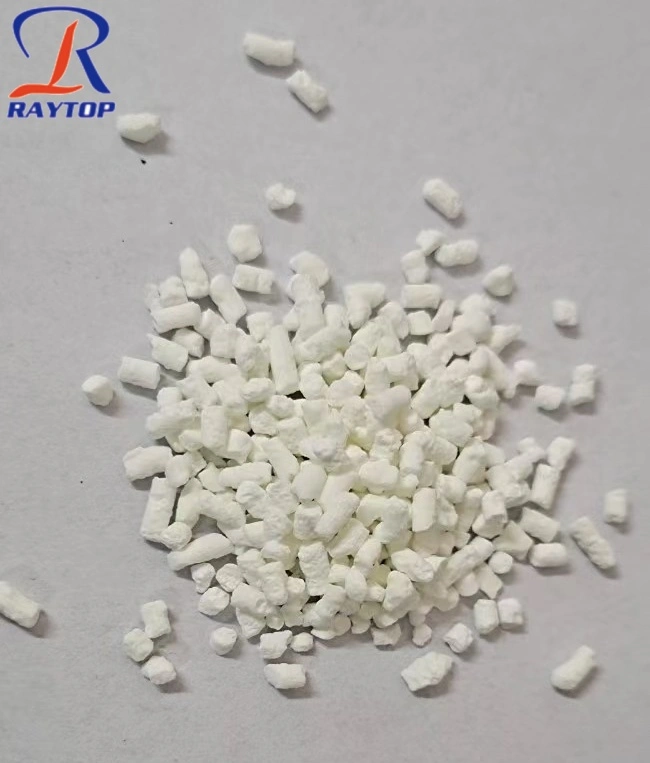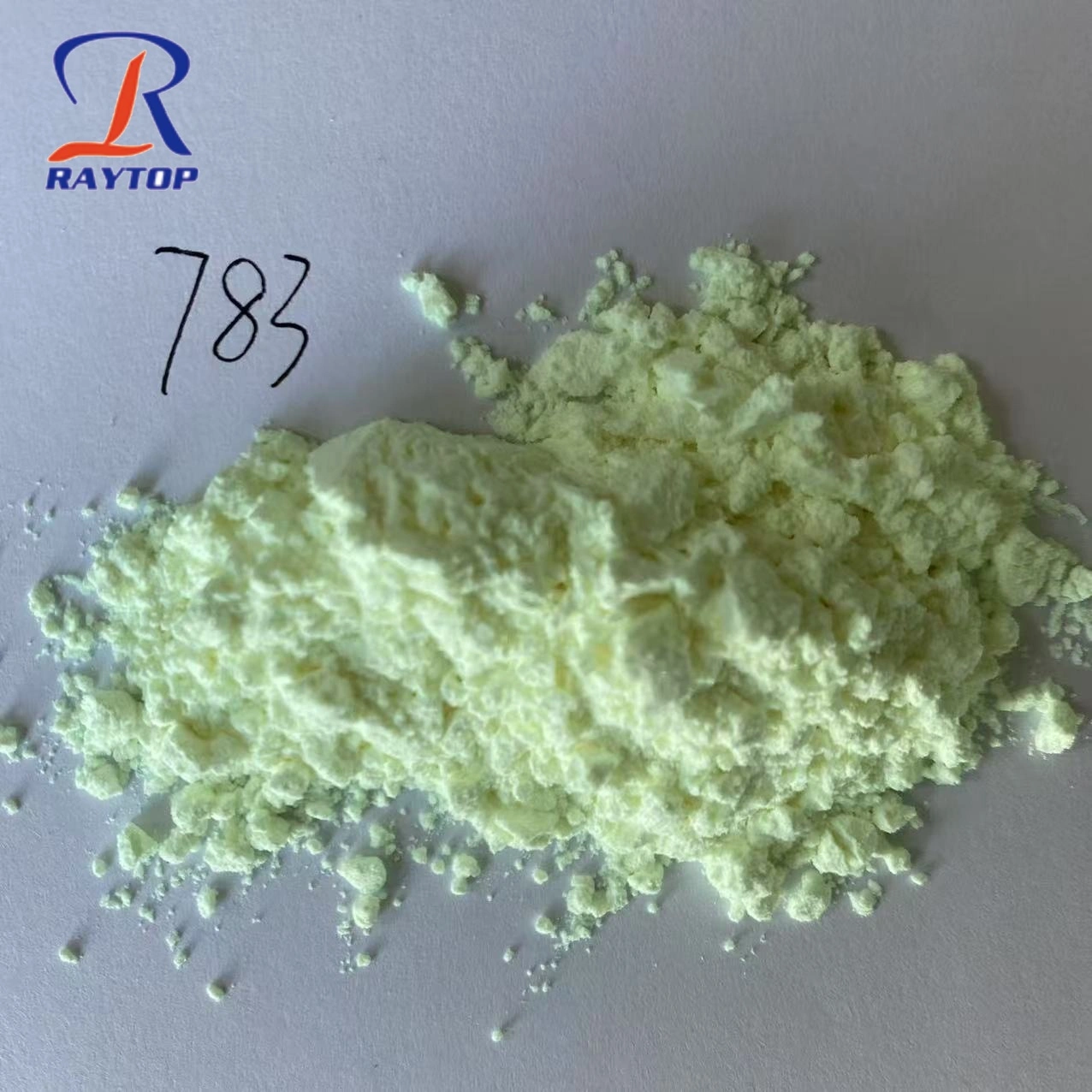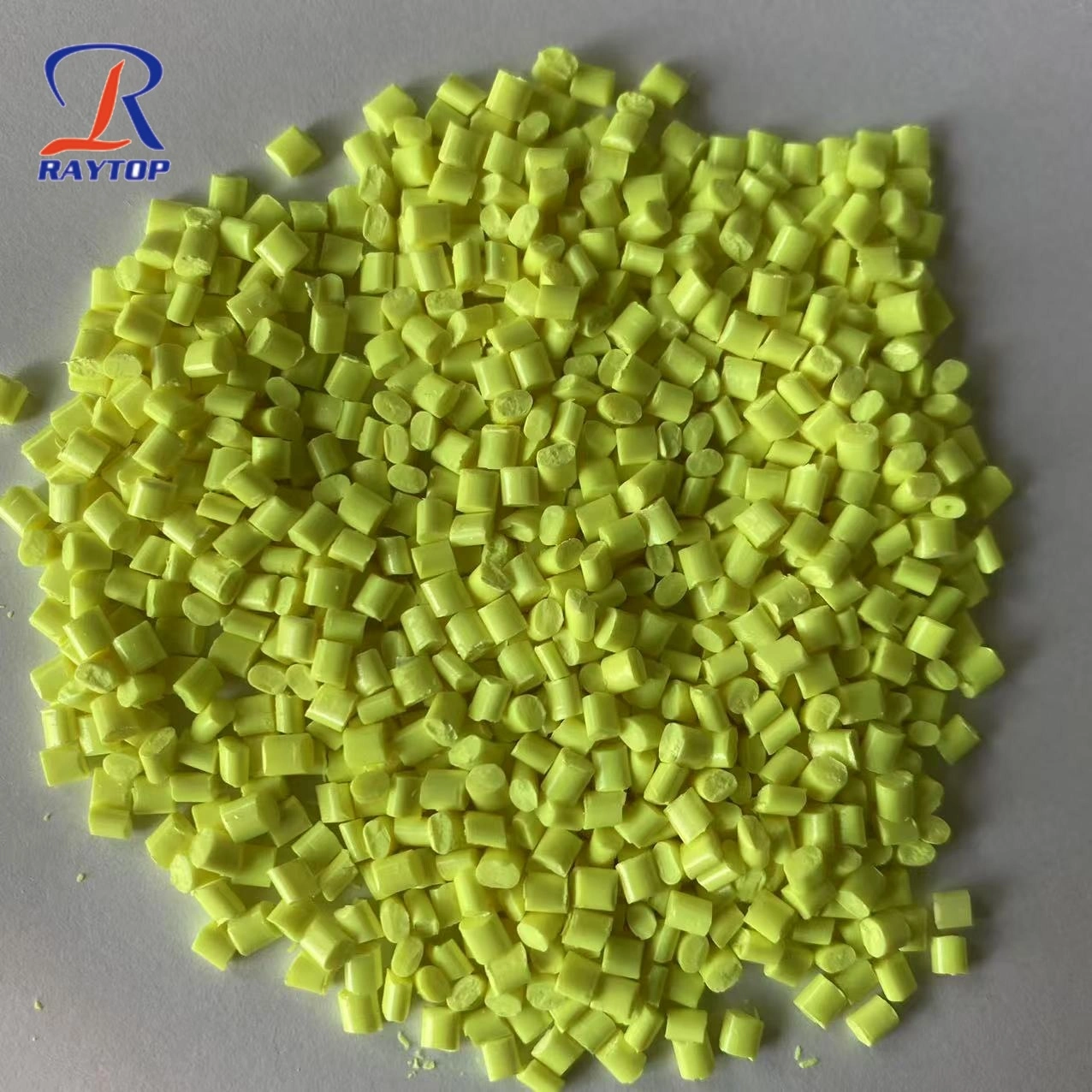Clarifying agent 9803 Specification:
The nucleating agent 9803 is a commonly used chemical additive, and its specifications may vary depending on the manufacturer or application. Generally, the specifications for nucleating agent 9803 might include the following:
Appearance: White or light-colored powder
Melting Point: 180-250°C (specific value depends on composition)
Purity: ≥99%
Decomposition Temperature: Approximately 300°C
Particle Size: Usually below 10 microns
Moisture Content: ≤0.5%
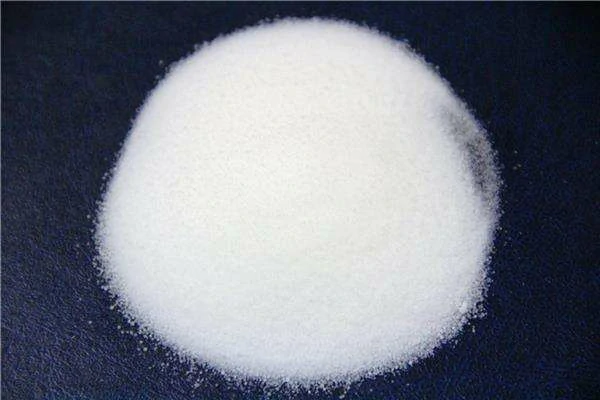
Clarifying agent 9803 is primarily applications:
Plastic Reinforcement and Modification: Adding nucleating agent 9803 to resins like polypropylene and polyethylene can promote crystallization rates, improving the stiffness, transparency, and impact resistance of plastic products.
Enhancing Product Appearance: The nucleating agent can reduce the molding cycle time of plastic products, enhancing surface gloss and transparency, resulting in a more aesthetically pleasing appearance.
Food Packaging Materials: Nucleating agent 9803 is widely used in food packaging materials to improve mechanical strength and transparency while maintaining food safety.
Medical Materials: Due to its excellent reinforcing effects, nucleating agent 9803 is often used in medical devices and packaging materials to enhance material performance.
Improving Processing Performance: Nucleating agent 9803 can reduce warping and deformation during plastic processing, increasing processing efficiency, and is suitable for various injection molding and blow molding processes.
How to Use Clarifying Agent 9803
1.Dosage: The typical dosage of nucleating agent 9803 in polymers ranges from 0.1% to 0.3%, depending on the desired enhancement effect and the type of material.
2.Mixing Method: Nucleating agent 9803 can be mixed with polymers through various methods, including dry blending directly into the resin or incorporating it via masterbatch. In dry blending, the nucleating agent is evenly mixed with the resin before processing. In the masterbatch method, the nucleating agent is pre-mixed with a carrier resin to form a masterbatch, which is then added to the main material in a specific ratio.
3.Processing Conditions: Nucleating agent 9803 is suitable for various plastic processing techniques, including injection molding, blow molding, and extrusion. Typically, there is no need to significantly adjust the existing process parameters, but minor optimizations might be necessary depending on the product requirements.
4.Pre-treatment: To ensure uniform dispersion, the nucleating agent may need to be dried before use, especially in high-humidity environments.
5.Compatibility: Ensure that the nucleating agent 9803 is compatible with the resin being used to avoid negatively impacting the final product's performance.
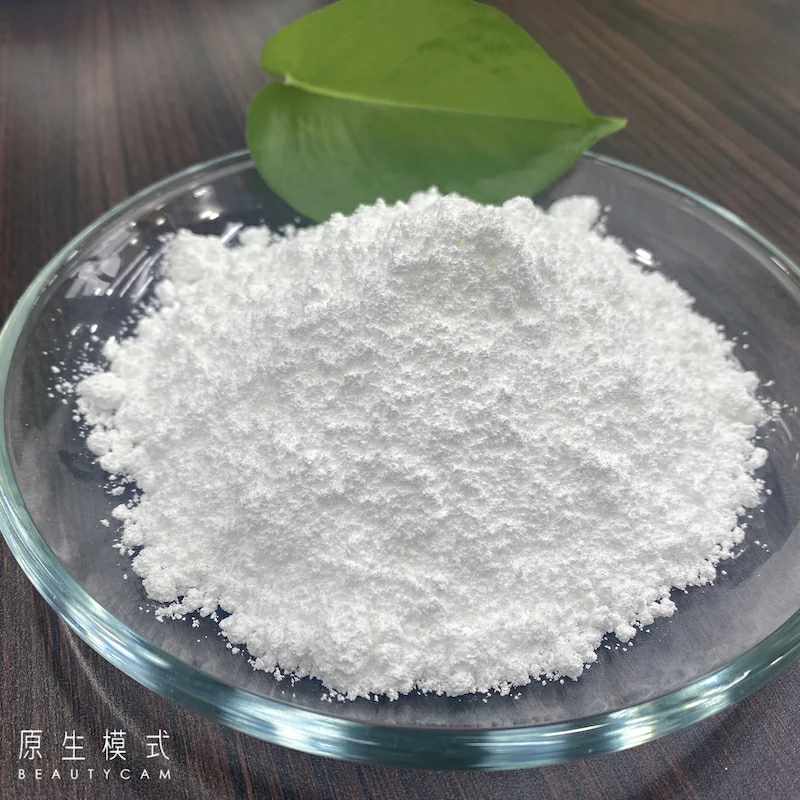
Clarifying agent 9803 product advantage:
Can reduce haze and enhances the clarity of polypropylene.
Can increase heat resistance, so that PP products can be used in microwave oven.
Can improve the surface smoothness of the finished products.
Can enhance stiffness of the molded part and shorter cycle time during the molding process.
It is ideal for food contact and medical applications.
Nucleating agent 9803 is a highly effective Clarifying Agent for polypropylene homopolymer and random copolymer. It can be blended directly with PP material in application or made into a transparent masterbatch before using. It gives high transparency, increases heat resistance, and improves mechanical properties. The notified chemical will be applied in thin wall injection molding, film sheet extrusion, blow molding, and rotational molding.
Leading injection molding markets, there are many products that can be produced, including housewares, storage cases, living hinge cases, thin-wall containers, disposable syringes, and clarified polypropylene blow-molded bottles for pharmaceuticals, spices, juices, sauces, vitamins, and baby bottles.
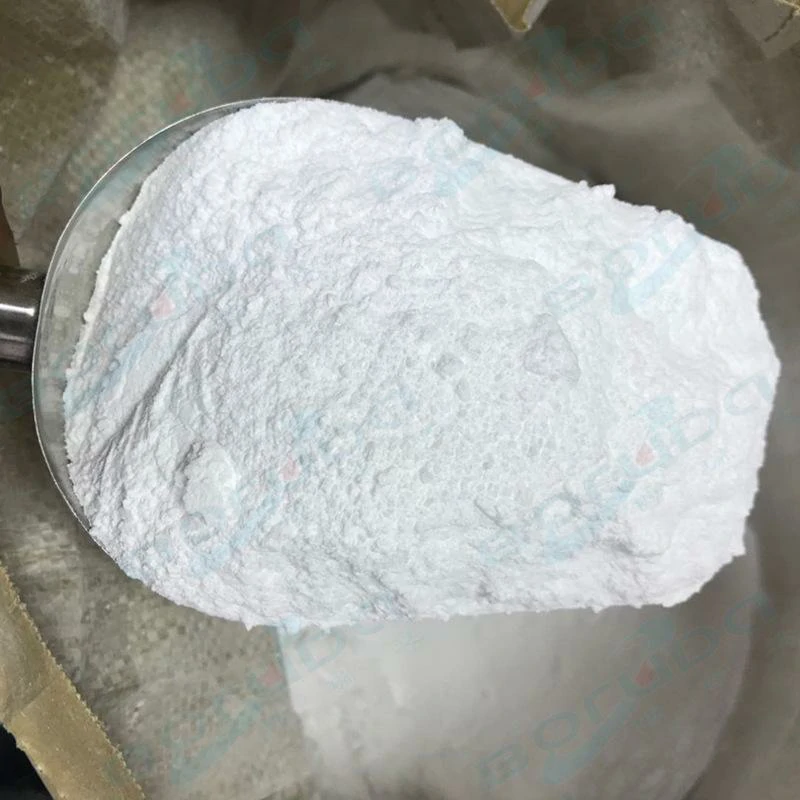
Precautions for Using Clarifying Agent 9803 in PP Products
Control of Dosage: Choose an appropriate dosage based on the specific application, usually between 0.1% and 0.3%. Excessive amounts may cause processing difficulties or affect the physical properties of the final product.
Compatibility with PP Resin: Ensure that Clarifying Agent 9803 is compatible with the PP resin being used to avoid performance degradation or poor appearance due to compatibility issues.
Processing Conditions: Adjust the processing temperature and pressure appropriately when using Clarifying Agent 9803 to optimize the transparency and mechanical properties of the final product. Precise control of temperature and cooling rates is particularly important for thin-wall injection molding or film extrusion processes.
Pre-treatment Requirements: Clarifying Agent 9803 may require drying before use, especially in high-humidity environments, to prevent moisture from affecting its dispersibility and clarifying effect.
Uniform Mixing: Ensure that the clarifying agent is evenly dispersed in the PP resin to avoid uneven optical properties or performance fluctuations.
Storage and Handling Precautions: Clarifying Agent 9803 should be stored in a dry, cool environment, away from direct sunlight and high temperatures, to prevent degradation of its performance.
Types of PP Materials Suitable for Clarifying Agent 9803
Polypropylene Homopolymer (PP-H): Clarifying Agent 9803 significantly enhances the transparency, surface smoothness, and stiffness of PP-H, making it ideal for applications like transparent thin-wall containers, food packaging, and household products.
Random Copolymer Polypropylene (PP-R): In PP-R materials, Clarifying Agent 9803 not only improves transparency but also enhances thermal stability and mechanical properties, making it suitable for producing transparent medical devices, food packaging, and high-transparency daily-use products.
Impact Copolymer Polypropylene (PP-B): Although primarily used to enhance the transparency of PP-H and PP-R, in some cases, it can also be used in impact copolymer PP to improve the appearance and physical properties of certain products.
These types of PP materials can achieve better optical properties, mechanical performance, and thermal stability when Clarifying Agent 9803 is added.
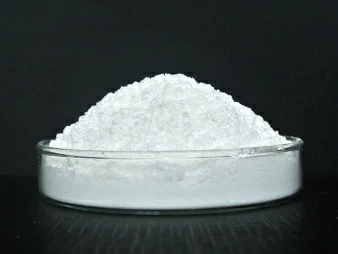
Clarifying Agent 9803 used for which kind of PP is Ineffective
Highly Filled PP Materials: For PP materials that contain a high proportion of fillers (such as calcium carbonate, talc, etc.), Clarifying Agent 9803 is less effective. The fillers interfere with the dispersal and crystallization process of the clarifying agent, resulting in minimal improvement in transparency.
Colored PP Materials: In PP materials containing a large amount of masterbatch or pigments, the effectiveness of Clarifying Agent 9803 is significantly reduced. The presence of colorants or pigments can mask the transparency improvements provided by the clarifying agent, making its impact negligible.
High Impact Copolymer PP: Although Clarifying Agent 9803 can improve the transparency of these materials to some extent, the high ethylene content in impact copolymers, which leads to higher crystallinity, diminishes the effectiveness of the clarifying agent.
In these cases, Clarifying Agent 9803 may not significantly enhance the transparency or surface smoothness of certain PP materials. Therefore, when selecting a clarifying agent, it is important to consider the specific type and composition of the PP material.
